Two decades of 'paper links'
Speaking at the Conference on “Linking tourism development in some provinces and cities in the Central Coast - Central Highlands region” held on May 30 in Binh Dinh, Associate Professor, Dr. Pham Trung Luong - former Deputy Director of the Institute for Tourism Development Research, said that 20 years ago, the Project on tourism development in the Central - Central Highlands region mentioned the requirement for regional linkage. However, up to now, it is very difficult to point out any linkage model that is truly successful.
The reason, after research, this expert realized that it is impossible to successfully merge if there is "localist blood" in it, which could be an obstacle when merging later.
Meanwhile, tourism is a comprehensive economic sector, inter-regional and inter-sectoral, without linkage it is very difficult to develop.
“Regional linkage proposes many projects and models, but how to implement them? There are no resources to implement them, only local contributions, but what is a reasonable level of contribution? Therefore, in the future, localities need to sit down and clearly assign responsibilities and benefits to participating parties, along with the support of the Government to be successful,” he noted.
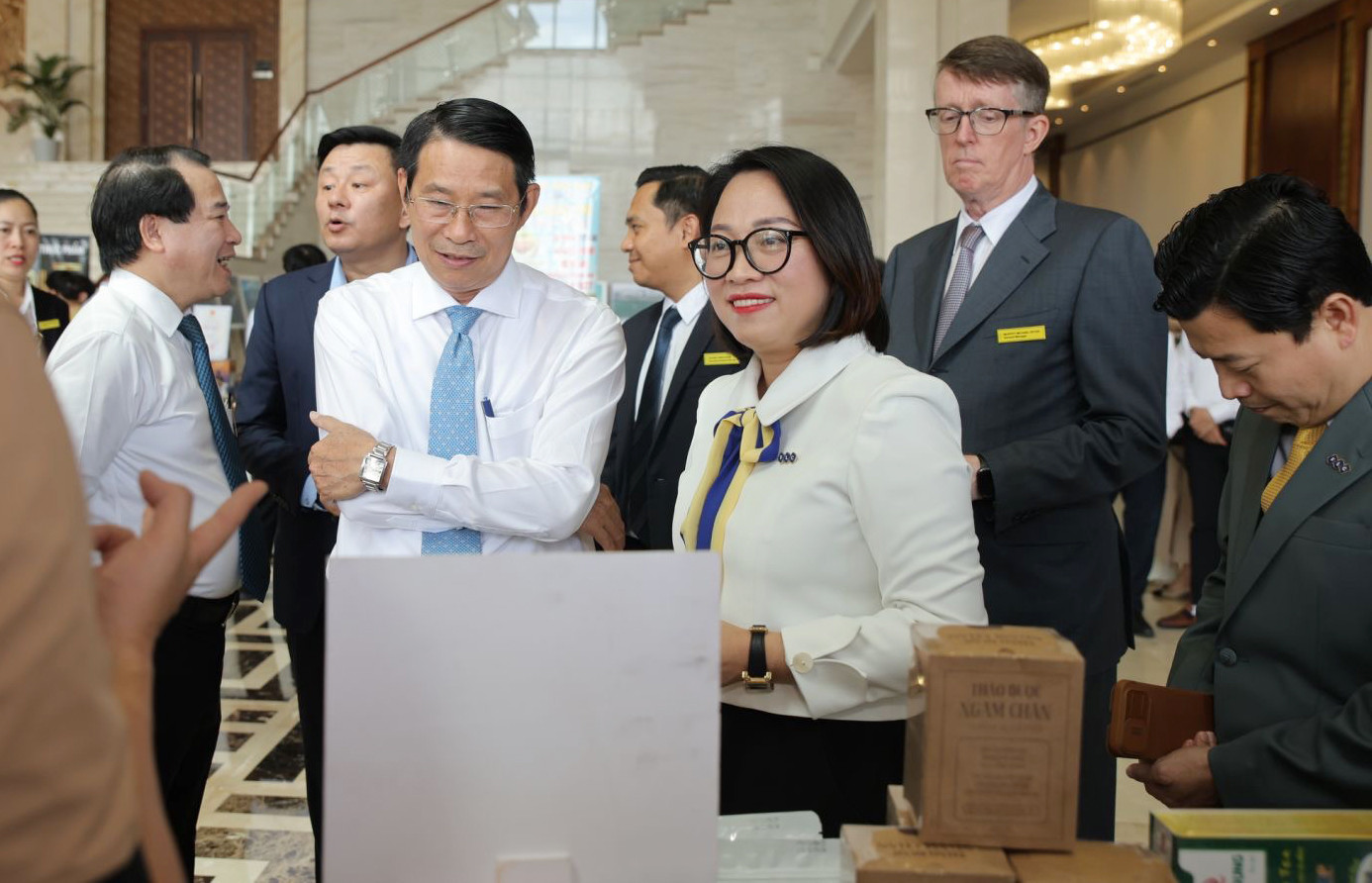
As a witness and a member who signed the previous tourism development cooperation document, Mr. Nguyen Quang Thang, Vice President of Nha Trang Tourism Association, Khanh Hoa, stated the reality that although the implementation was like that, there was no evaluation, summary, or experience drawing afterwards, leading to the story of tourism cooperation over the past 20 years almost starting over again.
Mr. Lam Hai Giang, Vice Chairman of Binh Dinh Provincial People's Committee, admitted that although the locality has signed cooperation programs with 6 coastal and Central Highlands provinces, as well as 5 provinces in the key economic region of the Central region, cooperation is still formal, has not formed truly distinct tourism products, and lacks a stable and sustainable coordination mechanism.
From a business perspective, Mr. Nguyen Ha Trung, Deputy General Director of Vietravel Tourism Joint Stock Company, said that current tourism products do not support each other among localities. “There is no strategic coordination, each province promotes and develops its own products, making regional tourism unable to promote its connecting strength.”
Weak infrastructure and lack of distinctive inter-regional products
One major bottleneck pointed out by experts is transportation infrastructure, especially aviation. Many localities do not have convenient direct international or domestic flights, making it difficult for tourists to travel.
Ms. Tran Thi Kim Qui - Permanent Deputy General Director of FLC Hotels & Resorts, said that an international group of nearly 10,000 people really wanted to sign a contract to bring guests to Quy Nhon, but in the end could not do so due to the lack of a convenient flight plan.
“Even though there are no direct flights, they still accept to fly to Ho Chi Minh City and then transfer to Quy Nhon. However, having to wait too long at the transit airport makes tourists tired, significantly affecting their first impression,” Ms. Qui said.
Although Vietnam is a market with the highest number of visitors, Ms. Choi Young Gill, CEO of DA Trip - a business from Korea, also shared that the lack of direct flights from Korea to Binh Dinh is hindering the flow of Korean visitors to this area, despite the huge demand for golf and resorts.
Not to mention, tourism products are not diverse and lack promotional information about destinations.

Therefore, Vice Chairman of Binh Dinh People's Committee, Mr. Lam Hai Giang, proposed that in order to effectively cooperate and develop tourism in the Central Coast - Central Highlands region, there needs to be a flexible coordination mechanism with clear responsibilities, avoiding "on paper" cooperation as before.
According to him, to effectively connect, there needs to be an inter-provincial coordination mechanism with specific and clear division of responsibilities and rights of the participating parties. The subjects in cooperation are not only the government but also need the active participation of businesses and tourism associations.
Furthermore, to do well, we must focus on promotion work; build a common database of provinces in the region, from which we can have resources for better promotion.
Along with that is building inter-regional products, exploiting the unique strengths of each locality, thereby increasing the value of tourism tours, especially sharing prices to have reasonable prices.
“We must establish a system of values and a regional tourism brand, thereby creating an environment of both cooperation and healthy competition,” Mr. Giang suggested.
Speaking at the conference, Mr. Ha Van Sieu, Deputy Director of the Vietnam National Administration of Tourism, said that the connection between the Central Coast and Central Highlands provinces in tourism will expand development space, combine the advantages of the sea and the plateau, creating different experiences, attracting tourists.
However, to successfully link, there needs to be a breakthrough factor, especially the decisive role of local leaders in building and implementing regional linkage strategies.
Source: https://vietnamnet.vn/lien-ket-du-lich-mien-trung-tay-nguyen-tranh-hop-tac-tren-giay-2406639.html








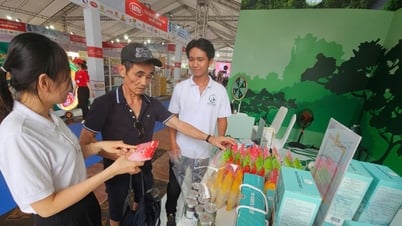

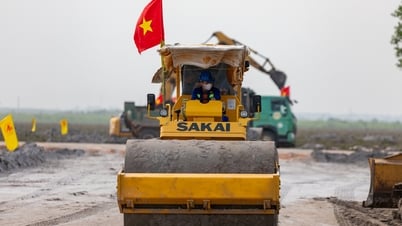
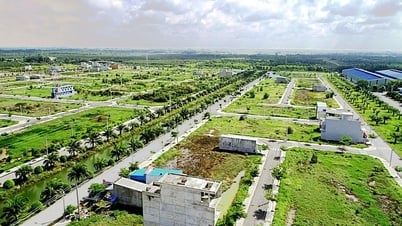
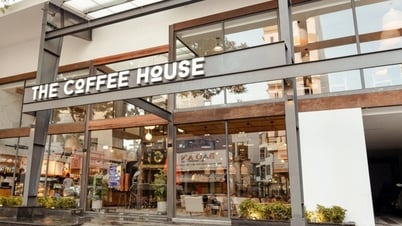











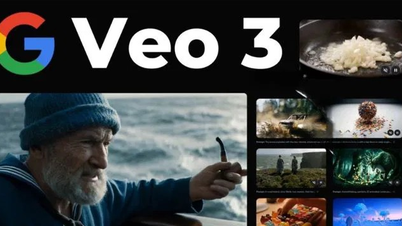


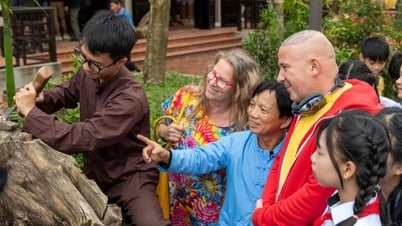































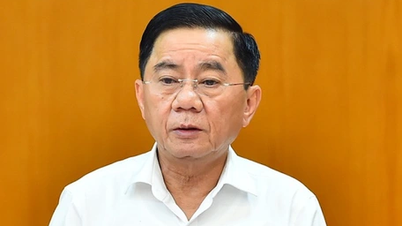




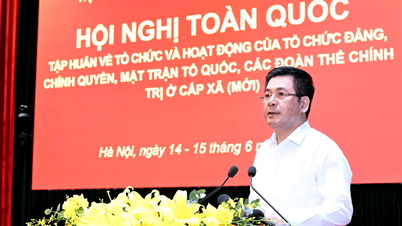






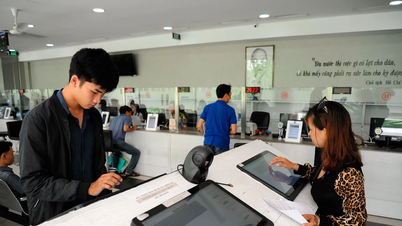



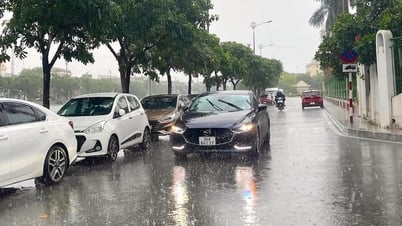

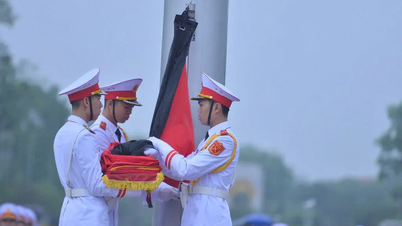



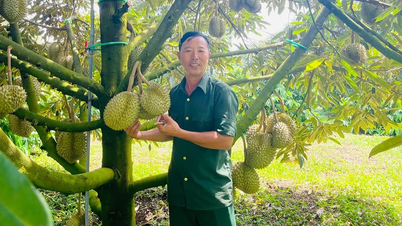












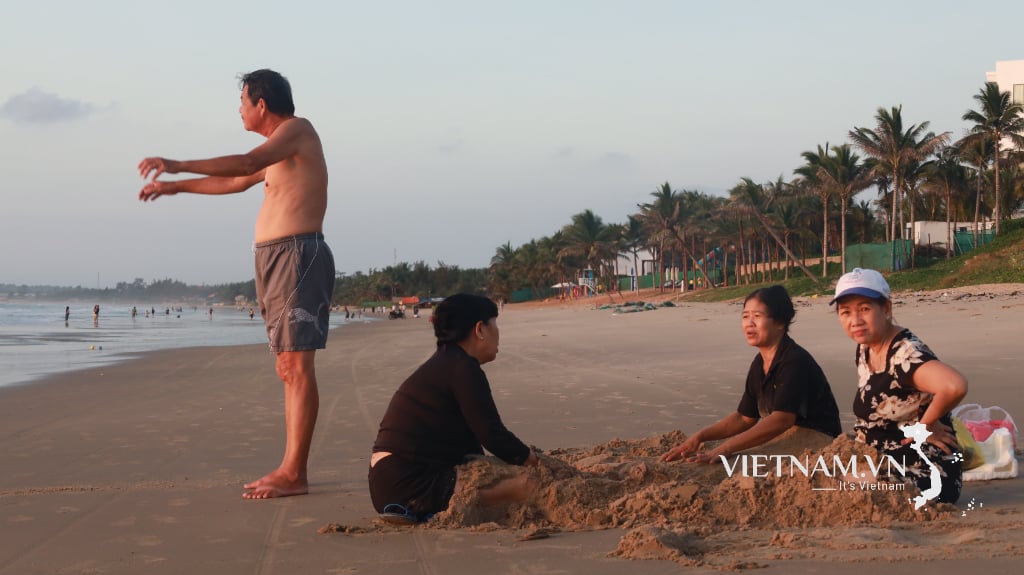



Comment (0)